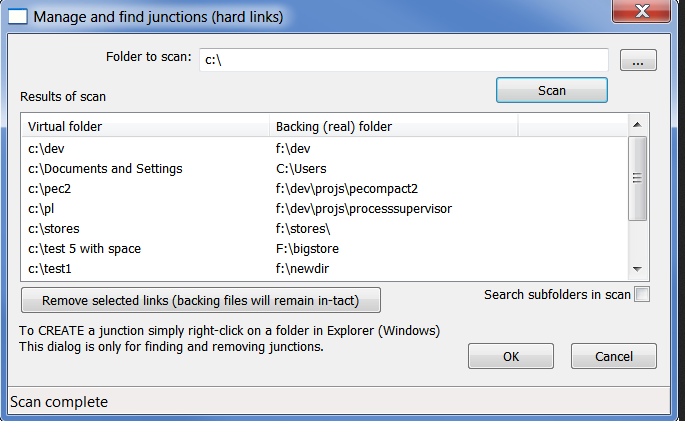

Keep this thought in mind as we explore MKLink tool. Symbolic links are transparent to users–the links appear as normal files or folders and can be accessed by applications and users in exactly the same manner. The object can be either a file or a folder. More specifically, a symbolic link is a file system object that points to another file system object. While creating and using these types of standard shortcuts is simple, Windows also comes with a little command-line tool call MKLink, which allows you to create a more advanced type of shortcut called a symbolic link. Shortcuts can save you time and effort when it comes to quickly accessing applications or folders. If you’ve been using Windows for quite some time, chances are good that you create and use shortcuts regularly.
#Symlinker windows how to#
How to reset your Windows 10 password when you forget it

Must-read Windows coverageĭefend your network with Microsoft outside-in security services

But let’s take a closer look at how to create and use symbolic links in Windows 10. I promise that I will get back to the creating custom themes article soon. However, as I was exploring that technique I got sidetracked by a question I received from a reader who was interested in learning more about symbolic links. If you read my last article How to access desktop themes in Windows 10 Creators Update, you know that I was planning on following up that article with one that would show you how to create custom themes. For more info, visit our Terms of Use page. This may influence how and where their products appear on our site, but vendors cannot pay to influence the content of our reviews. We may be compensated by vendors who appear on this page through methods such as affiliate links or sponsored partnerships. Here are several examples of how you can put symbolic links to work. Symbolic links can save you a lot of time, and the Windows 10 command-line tool MKLink makes it easy to create them. How to take advantage of symbolic links in Windows 10


 0 kommentar(er)
0 kommentar(er)
